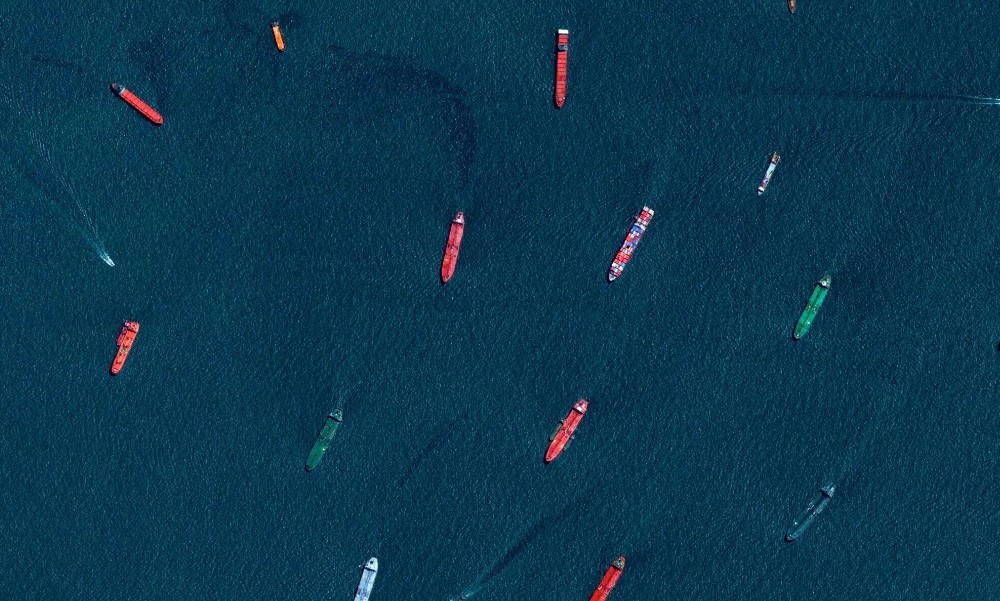By Alun John, Dhara Ranasinghe and Stefano Rebaudo
LONDON (Reuters) -France’s financial markets are riding a roller-coaster, as the country grapples with one of its worst political crises in decades, and while sentiment is improving, the bumpy ride is not over.
French Prime Minister Sebastien Lecornu has promised to suspend a landmark pension reform until after the 2027 election, sacrificing one of President Emmanuel Macron’s achievements to ensure the government’s survival.
He is facing no confidence votes in parliament Thursday but appears likely to survive.
Here’s a look at where markets stand, and what comes next.
BOND VIGILANTES IN HIDING?
The gap between 10-year French and German bond yields, the premium investors require to lend to France, is around 77 basis points, down from almost 90 bps last week.
It could tighten towards 75 bps, said Citi’s senior rate strategist Aman Bansal.
It narrowed as investors focused on political stability over long-term fiscal worries. Lecornu’s plan to suspend pension reform means he’ll likely stay in his job, avoiding snap elections, even if some parties have called a no-confidence vote for Thursday.
RBC BlueBay Asset Management senior portfolio manager Kaspar Hense said the firm had closed out of its short position – a bet on price falls – in French bonds last week on expectations a political compromise would be found.
“Demand for OATs (French bonds) remains strong at these levels of real and nominal yields,” said Reinout De Bock, head of European rate strategy at UBS.
RATINGS WATCH
French borrowing costs remain among the highest in the euro zone, and because suspending the key pension reforms keeps pressure on public finances, France is vulnerable to further ratings downgrades.
Lecornu says the suspension would cost 400 million euros ($463 million) in 2026 and 1.8 billion euros in 2027. Without offsetting measures, France’s debt-to-GDP ratio would fail to stabilise, analysts say.
Goldman Sachs reckons permanent suspension of the pension reform would add 0.5% of GDP to the deficit by 2035, so debt as a share of GDP over the next decade stabilises closer to 130% compared to around 113% now.
Moody’s, which rates France at Aa3 with a stable outlook, reviews its long-term rating on October 24.
“We expect some downgrade pressure but this is priced in by markets,” said BlueBay’s Hense.
STOCKS SOAR
France’s blue chip share index rose 2% on Wednesday, its best day since early May, but that’s not much to do with politics — luxury giant LVMH surged 12% after results.





